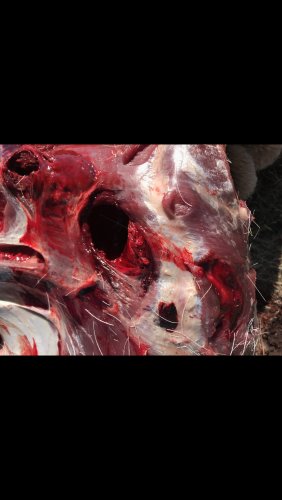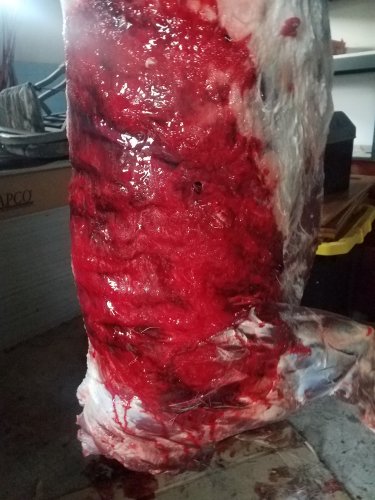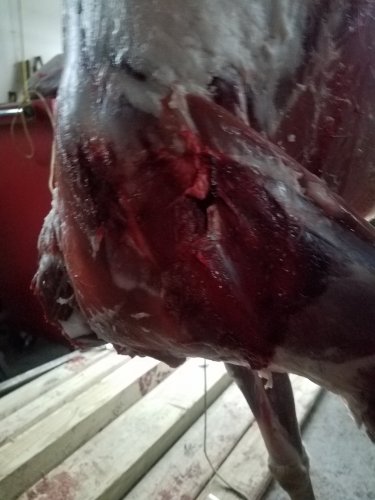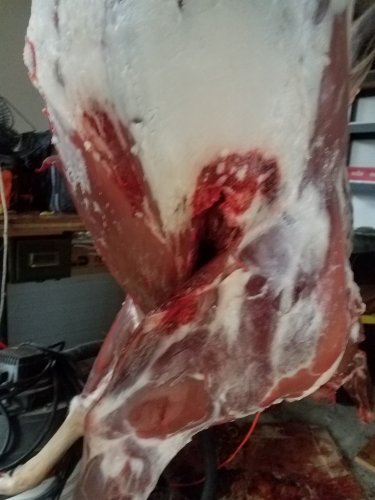El Jason
Well-known member
A liver [which is dense and is about 75% water] is akin to the full can of water. A solid hit just destroys it.
Watch enough hunting shows and you'll see all manner of situations from instant kills to shots which should have resulted in instant kills, but didn't. I as going to use the Hornady SSTs a couple years ago, but after reading about excessive damage I decided not to. I'll use either the Hornady 129 grain interlocks or Sierra 130 grain GameChangers in 6.5mm. Either one does the job with amazing efficiency.
I don’t really watch hunting shows. I shoot animals, and know people that shoot animals. None of us have ever worried about what a metal can full of water will do.








